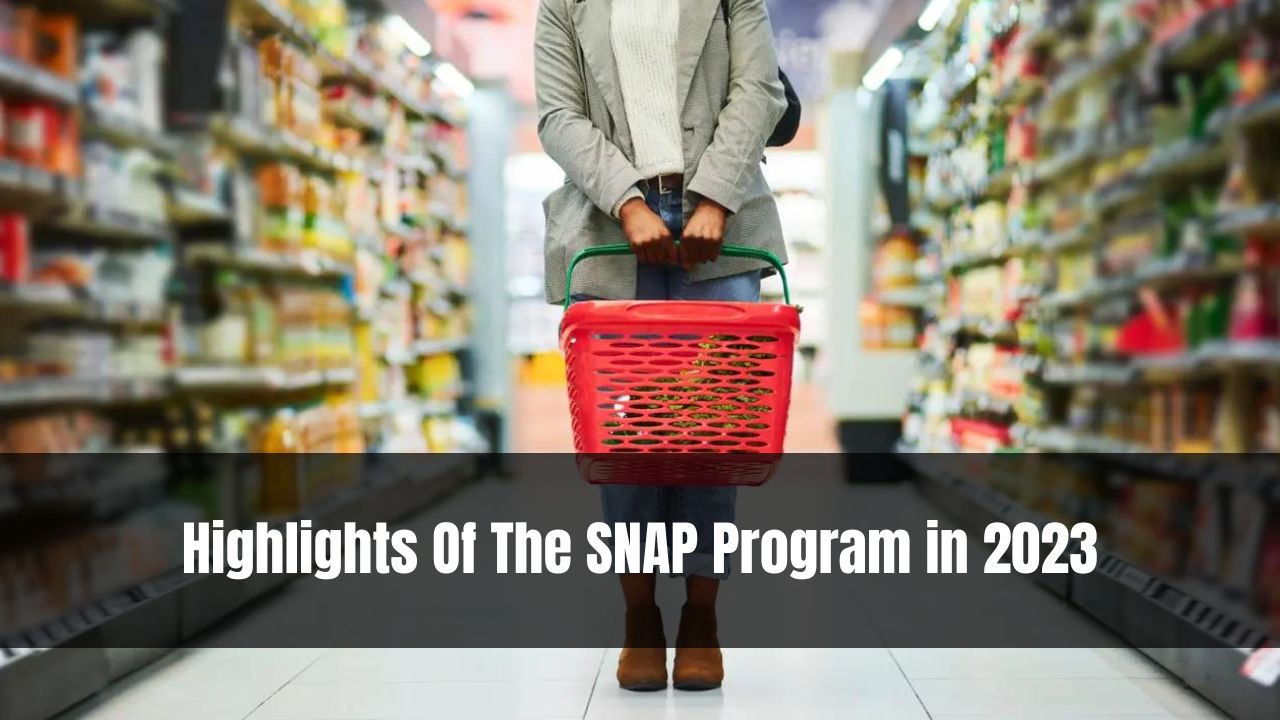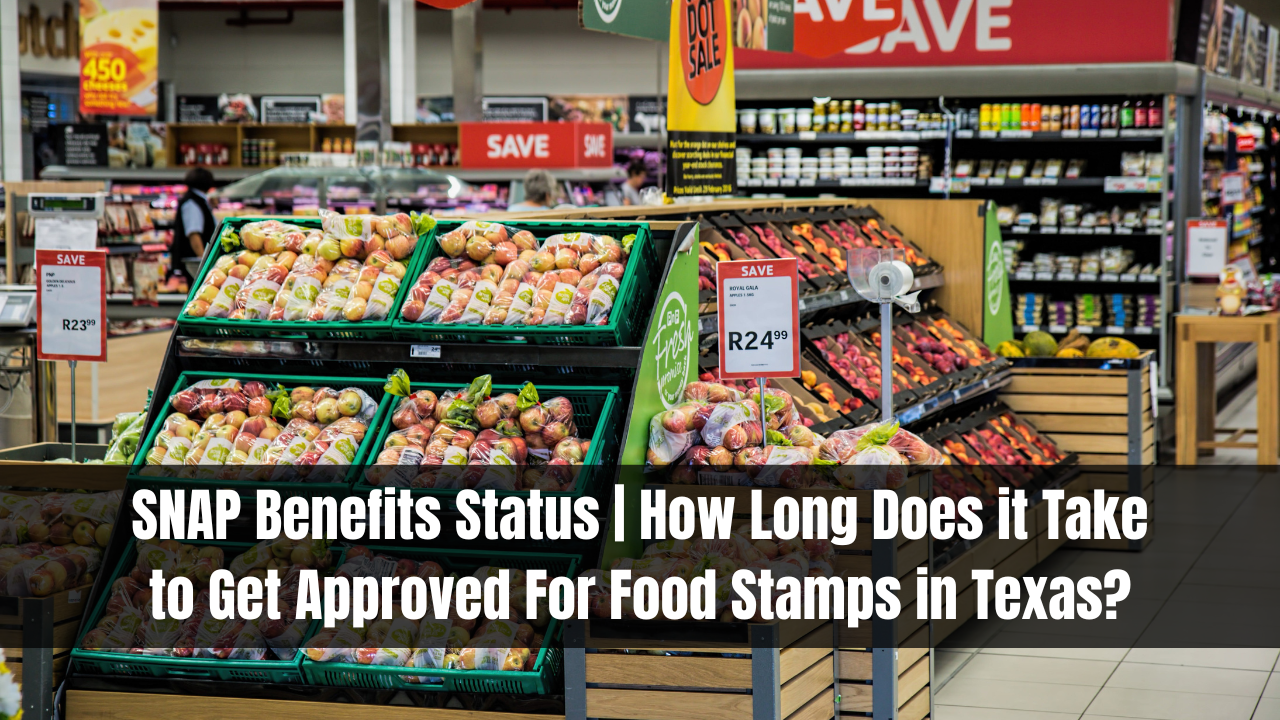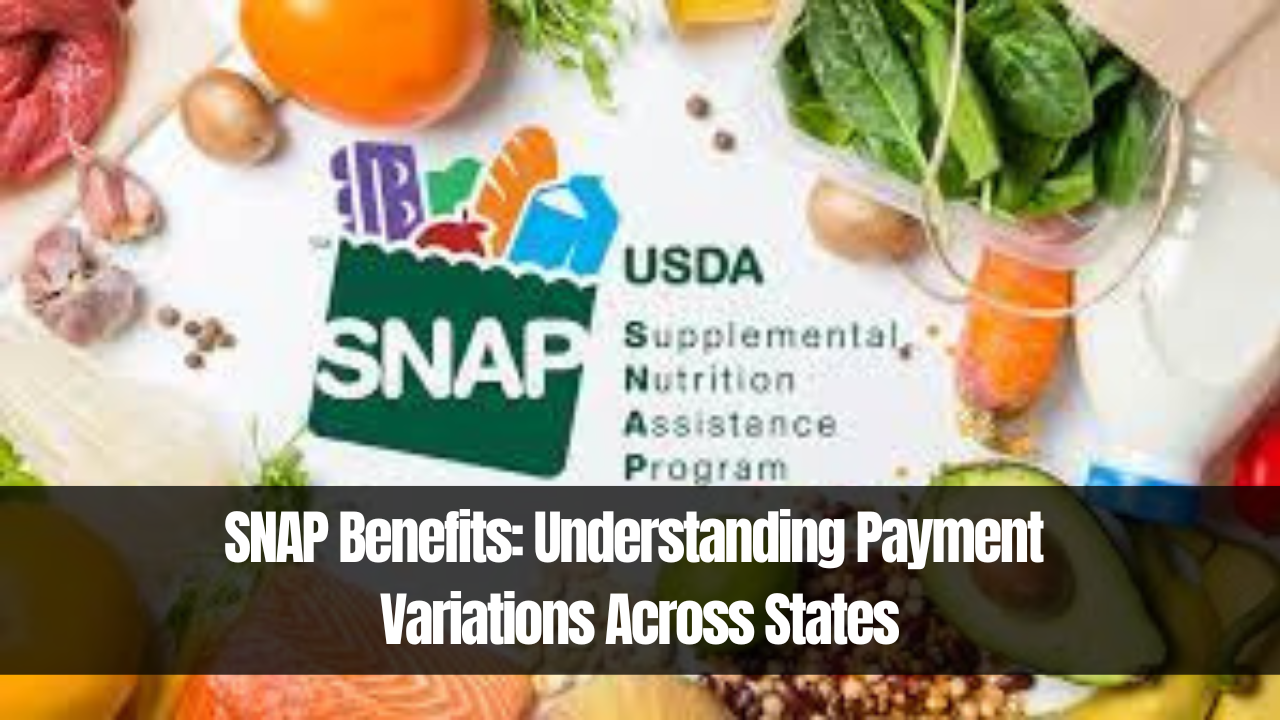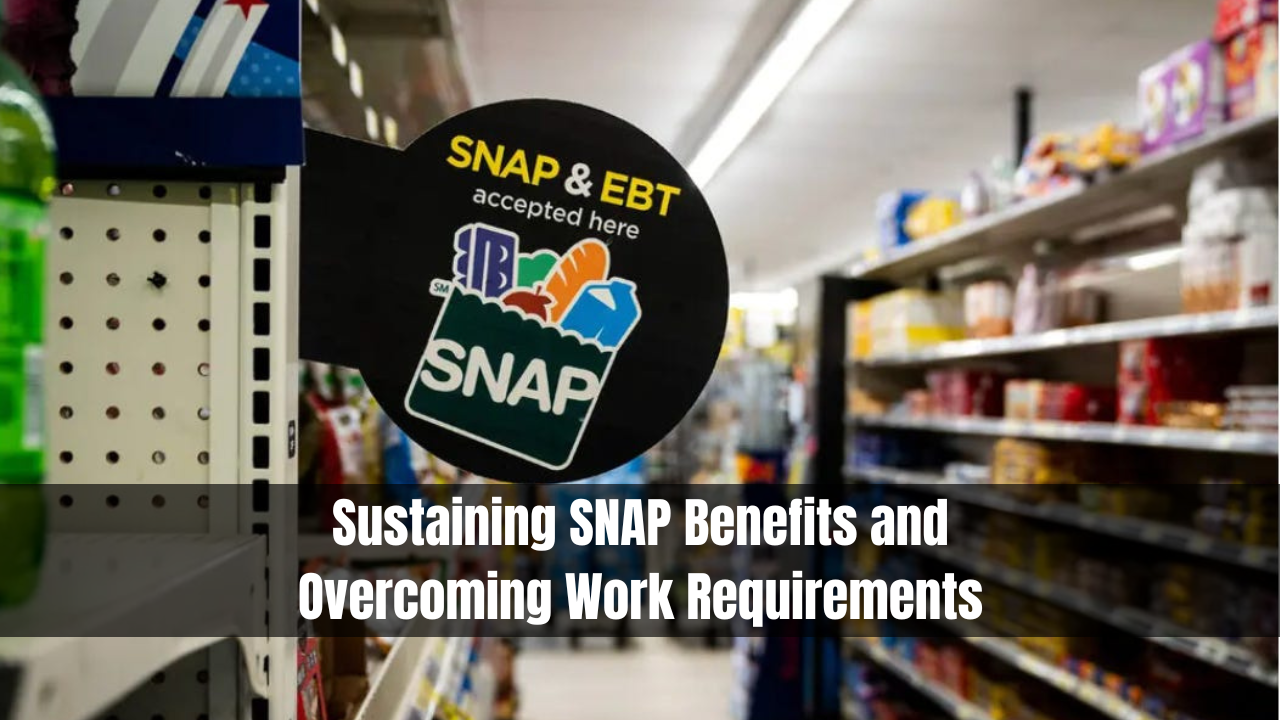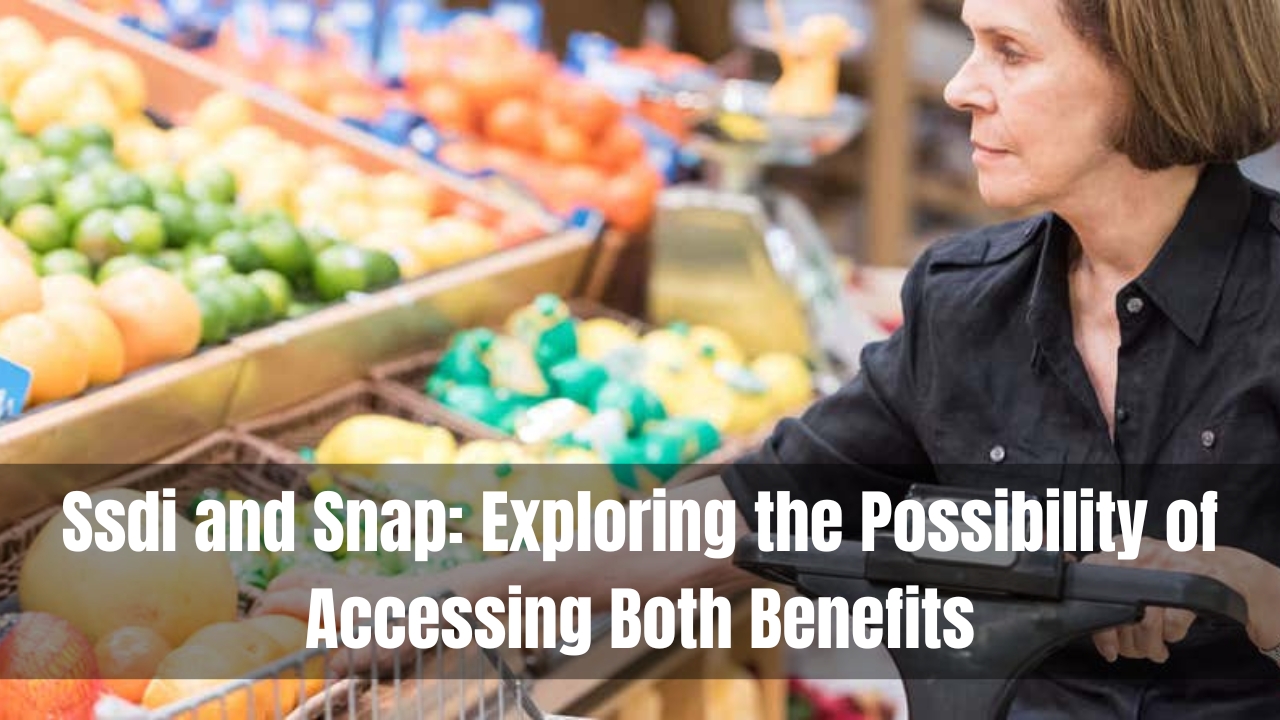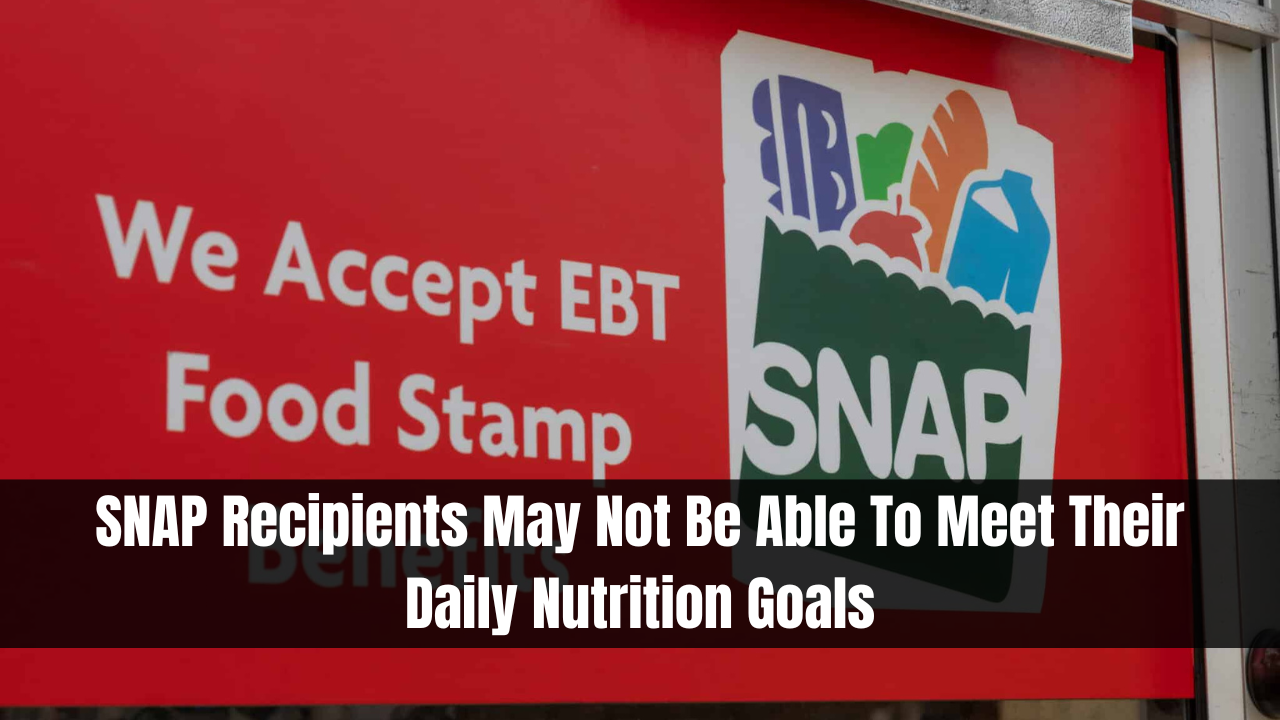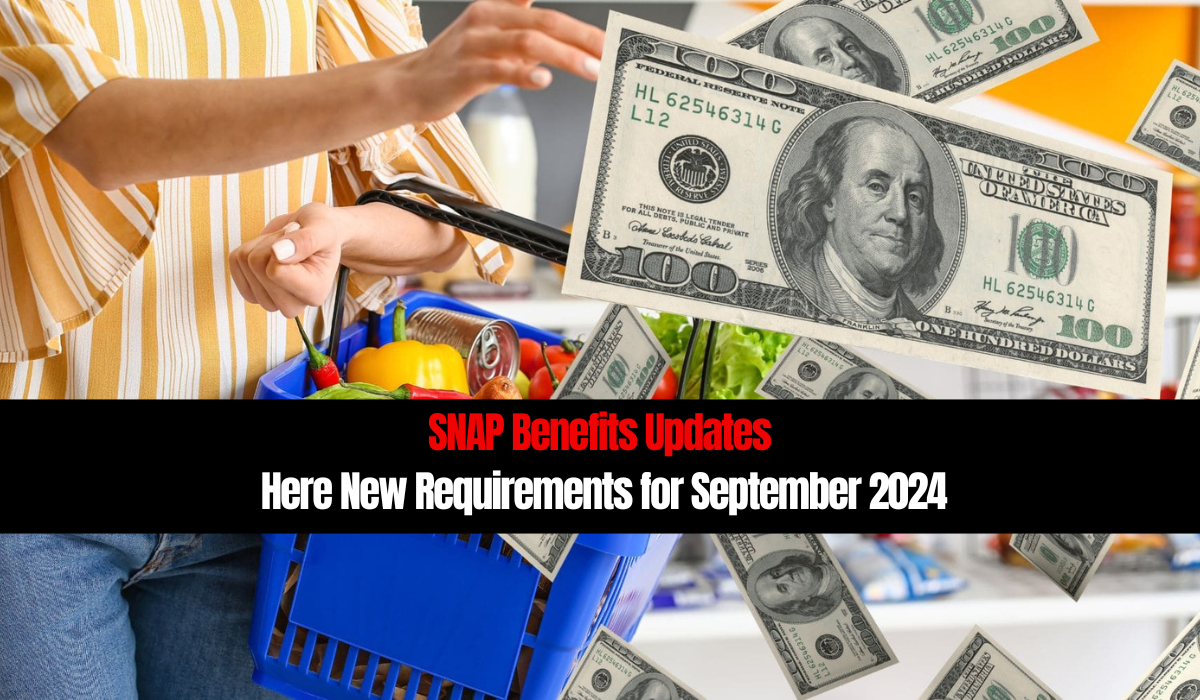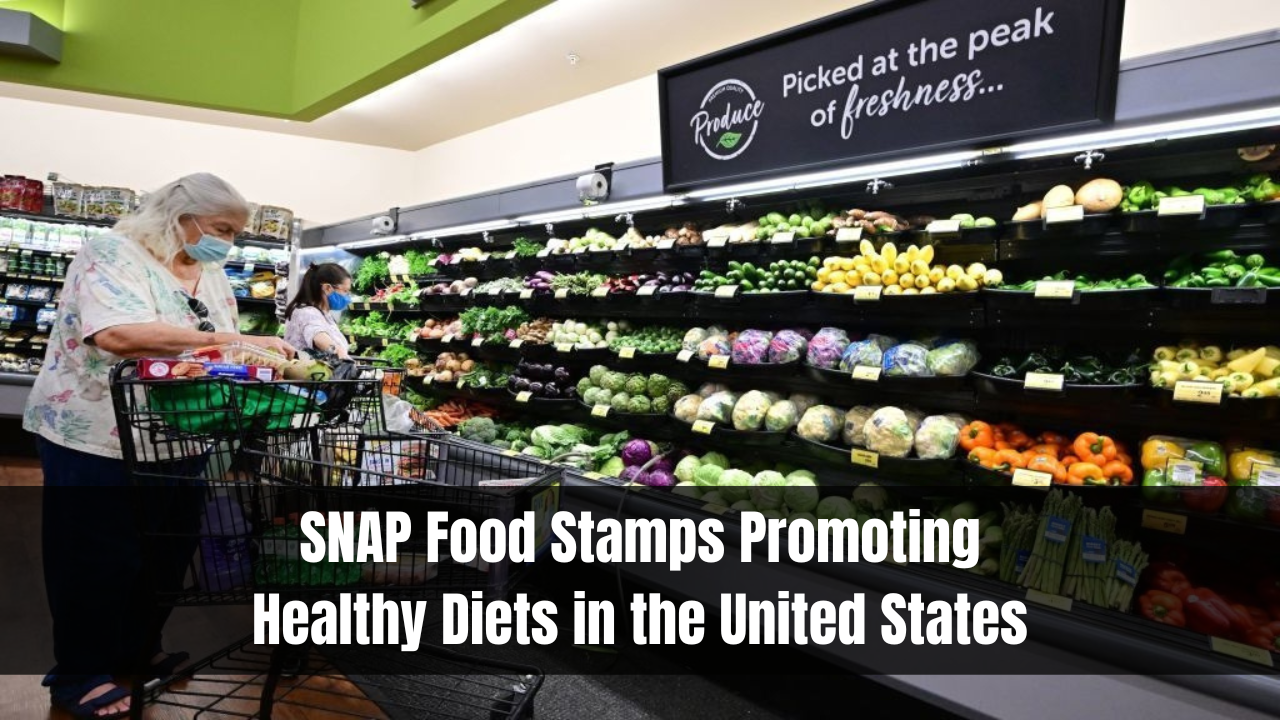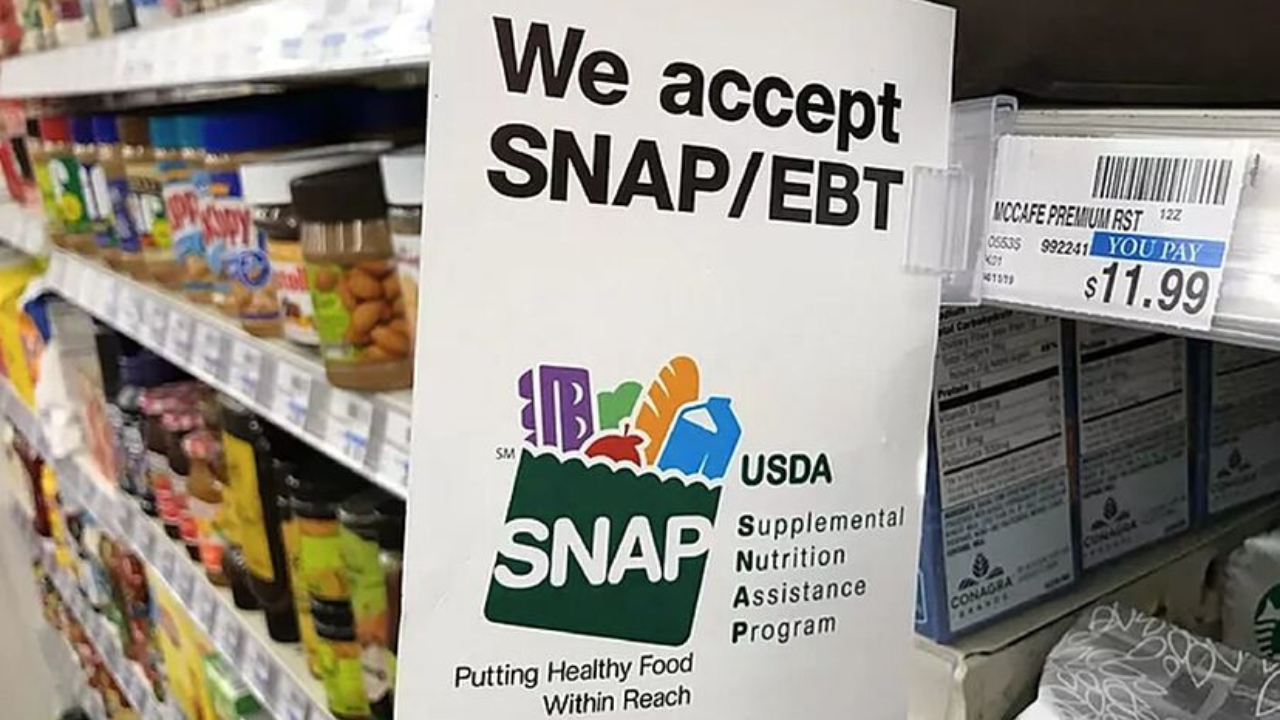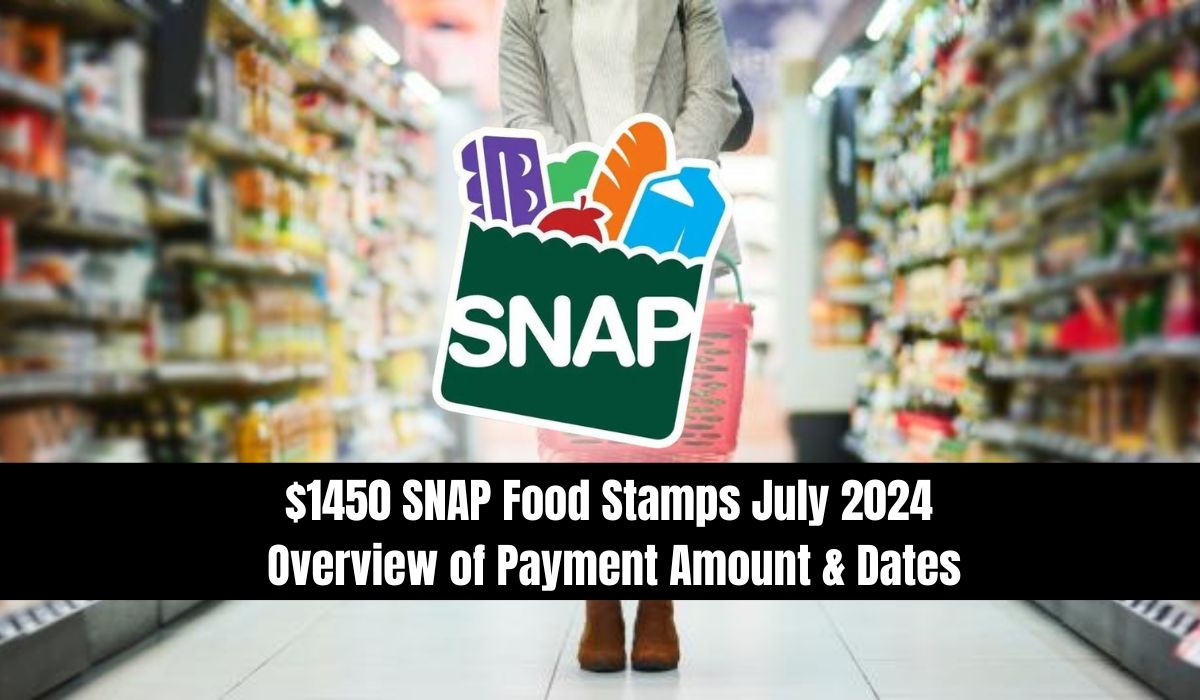Highlights Of The SNAP Program in 2023. The Supplemental Nutrition Assistance Program (SNAP) played a pivotal role in shaping the landscape of the grocery industry throughout 2023. This influence unfolded against a backdrop of challenges for retailers dealing with reduced payouts and the United States Department of Agriculture (USDA) initiatives to enhance digital accessibility to benefits.
Impact of Reduced Payouts
At the outset of the year, SNAP participants faced adversity as emergency benefits, initially implemented during the COVID-19 pandemic, came to an end. This transition translated to a $90 per month reduction in the average SNAP allotment, significantly affecting spending power. The ramifications of this change have reverberated through the industry, placing financial strain on grocers already contending with inflation and other adversities.
Digital Access to SNAP Benefits
Despite the challenges, progress was made in facilitating the use of SNAP benefits for online grocery transactions. In June, the USDA announced the expansion of its SNAP online purchasing program to include all states, with Alaska being the latest addition. Notably, Kroger, a major player in the grocery sector, announced in October that it had implemented online acceptance of SNAP benefits across its entire network of stores.
Promoting Healthy Choices
Several grocery chains, including Giant Food and Harvest Market, actively promoted the utilization of SNAP benefits for purchasing healthy food items, particularly fresh produce. Meijer innovatively integrated SNAP benefits into its collaboration with the Flashfood service, allowing shoppers access to perishable products nearing their sell-by date.
Legislative Considerations for SNAP Modernization
In a bid to adapt SNAP to contemporary needs, lawmakers are contemplating legislative changes. A notable proposal is the Hot Foods Act, introduced by Representative Abigail Spanberger, a Democrat from Virginia. The legislation seeks to update federal law, allowing SNAP beneficiaries to use their benefits for the purchase of hot and prepared foods. According to Rep. Spanberger, this change aims to modernize the program and align it with the present needs of families.
Conclusion
The year 2023 witnessed SNAP resilience and adaptability amid evolving economic and legislative landscapes. As the grocery industry navigates challenges, the ongoing efforts to enhance digital access and promote healthier choices underscore the program’s commitment to meeting the diverse needs of its beneficiaries. Legislative considerations signal a recognition of the program’s role in addressing the dynamic circumstances faced by families across the nation.
